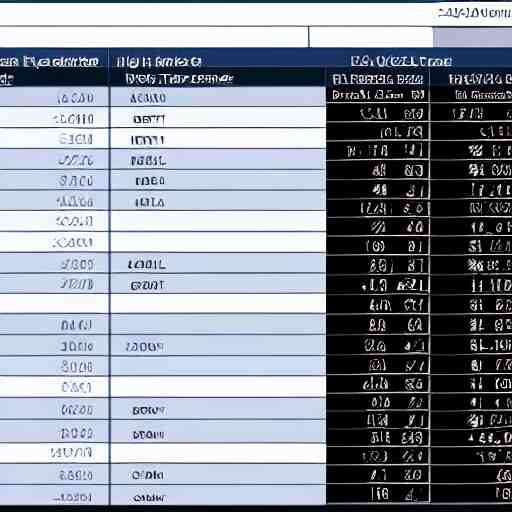Get commodity futures data through our commodity futures API. Advanced account holders can use the commodities futures API to access real-time commodity futures data, including daily futures data and historical futures data for up to five years, as well as historical commodity futures data.
They are used to trading commodities because they are a tradable asset with a fixed quantity and set expiration dates. This is the reason why many investors trade in commodity futures, as they offer a hedge against inflation. For more information regarding commodity ETFs and commodity futures, please consult your broker or commodity trading adviser (CTA). There are two main types of commodity ETFs: physically backed ETFs and non-physically backed ETFs. The physically backed ETFs track the commodity futures price, while the non-physically backed ETFs only track the commodity futures prices. In addition, there are also leveraged and inverse ETFs based on commodity futures. In general, commodity ETFs are a better choice compared to commodity futures because of the liquidity and transparency of ETF trading. “They are used to trading commodities because they are a tradable asset with a fixed quantity and set expiration dates. This is the reason why many investors trade in commodity futures, as they offer a hedge against inflation.” Commodities are real assets that have been used for centuries for their industrial and commercial purposes. They are raw materials such as sugar, gold, crude oil, corn, etc. that can be used in manufacturing and industrial processes for producing goods and services. There are different types of commodities depending on their quality; for example, we can group them by their utility: industrial commodities or precious metals; or by their natural origin: agricultural commodities or energy commodities; or by the method of extraction: primary commodities or mineral commodities. Commodities are generally bought and sold through exchanges where members can buy or sell them; they can be traded in any size, whether small or large amounts. What is an API? Application Programming Interface (API) refers to a set of functions or tools that allow an application to communicate with other applications externally or even with functions within the same codebase. The main goal of APIs is to exchange data between different applications; this allows users to enrich their user experience with data from other services without reinventing the wheel every time. One of the most useful features of APIs is that they allow us to build applications faster than before by reusing
Check different Commodity rates with this API. Get the latest price, prices per date, open, close, and much more.
To make use of it, you must first:
1- Go to Commodities API and simply click on the button “Subscribe for free” to start using the API.
2- After signing up in Zyla API Hub, you’ll be given your personal API key. Using this one-of-a-kind combination of numbers and letters, you’ll be able to use, connect, and manage APIs!
3- Employ the different API endpoints depending on what you are looking for.
4- Once you meet your needed endpoint, make the API call by pressing the button “run” and see the results on your screen.



